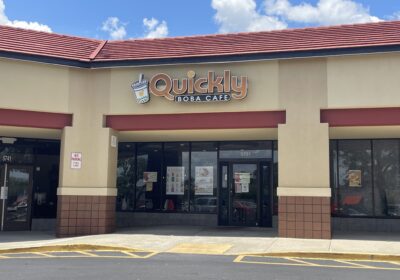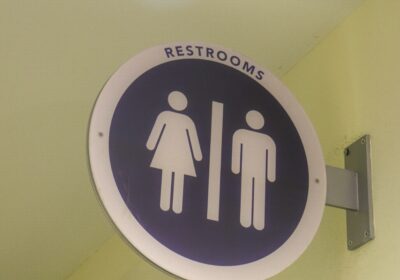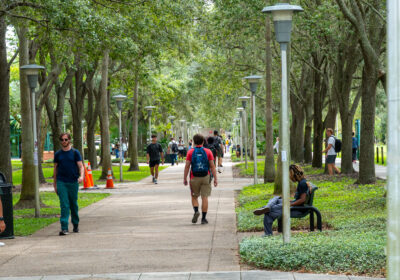Voters must not ax the transportation tax
The Tampa Bay area is home to some of the most dangerous and congested roadways in the U.S.
A two-year study by the nonprofit groups Transportation for America and the Surface Transportation Policy Partnership determined that in 2007-08 the Tampa-St.Petersburg-Clearwater area was the second most dangerous for pedestrians in the U.S.
A separate study, released in 2009 by the Texas Transportation Institute, further validated the area’s traffic concerns. It found that area drivers see the 11th worst congestion in the U.S. and spend twice as much time in traffic compared to 20 years ago.
The harrowing transportation situation must be addressed. The possible use of light rail transit in upcoming decades may offer significant relief but not for some time.
This is why voters must approve a 1 cent sales tax in November’s election that would quickly increase the opportunity to efficiently use Hillsborough County public buses.
Revenue from this county tax would produce an estimated $180 million, with 32 percent, or $57.6 million of the tax, going to the Hillsborough Area Regional Transit (HART), which operates the local bus system, while the rest would go toward transportation improvements on roads and future light rail.
This money would allow some buses to run 24 hours, increase the frequency of all bus routes and add another 49 buses and 23 vans to a fleet that only has 235 vehicles for its 1,000-square-mile radius of service.
“That just doesn’t cut it,” HART board chairman Ron Govin said to the St. Petersburg Times. “It doesn’t allow us to put the coverage out there that we need. There are areas of the county and cities that just don’t get service.”
Opening new routes and reducing the wait time for the next bus would inevitably encourage new riders as it did with a route between Temple Terrace and USF that was cut from running every 30 minutes to every 15, Govin said.
It would not take years for these improvements to make an impact, either. If the tax was implemented, residents would likely experience an immediate decrease in automobile and pedestrian traffic. This would also allow bicyclists to take their bike on the bus, a safer alternative than bike lanes.
Adequate public transportation is necessary and heavily used in many cities throughout the world, offering a more ideal way of transporting large amounts of travelers while reducing pollution and congestion.
The proposed initiative is not costly when considering the collective benefits that public transportation improvements will bring.
Needing to understand the importance of capitalizing on the moment, voters would be wise to support the transportation tax.








